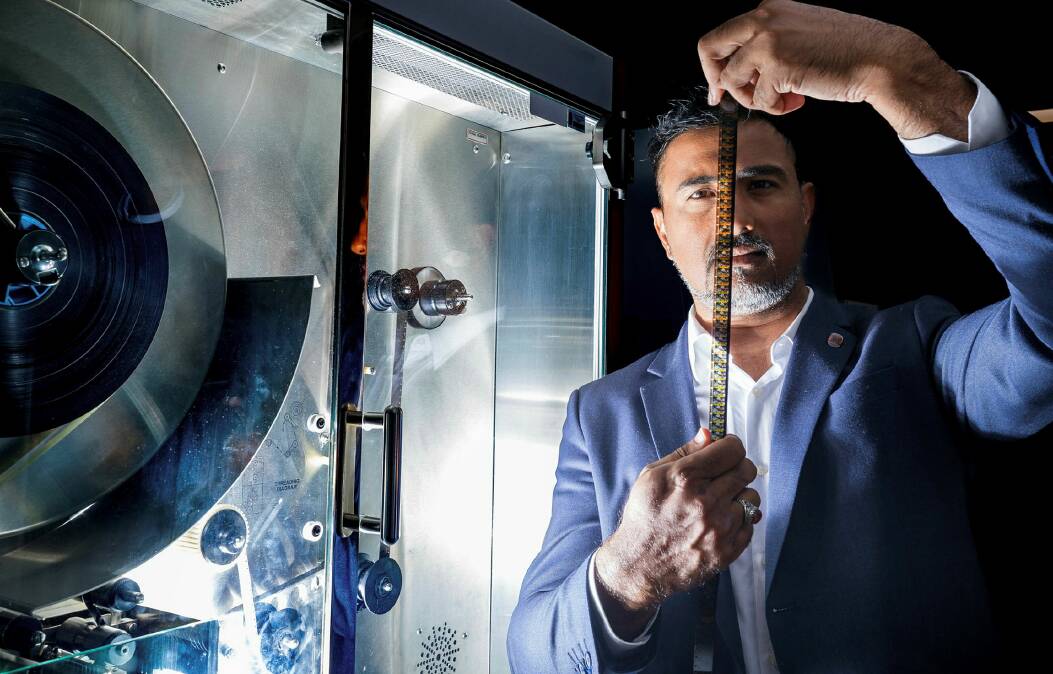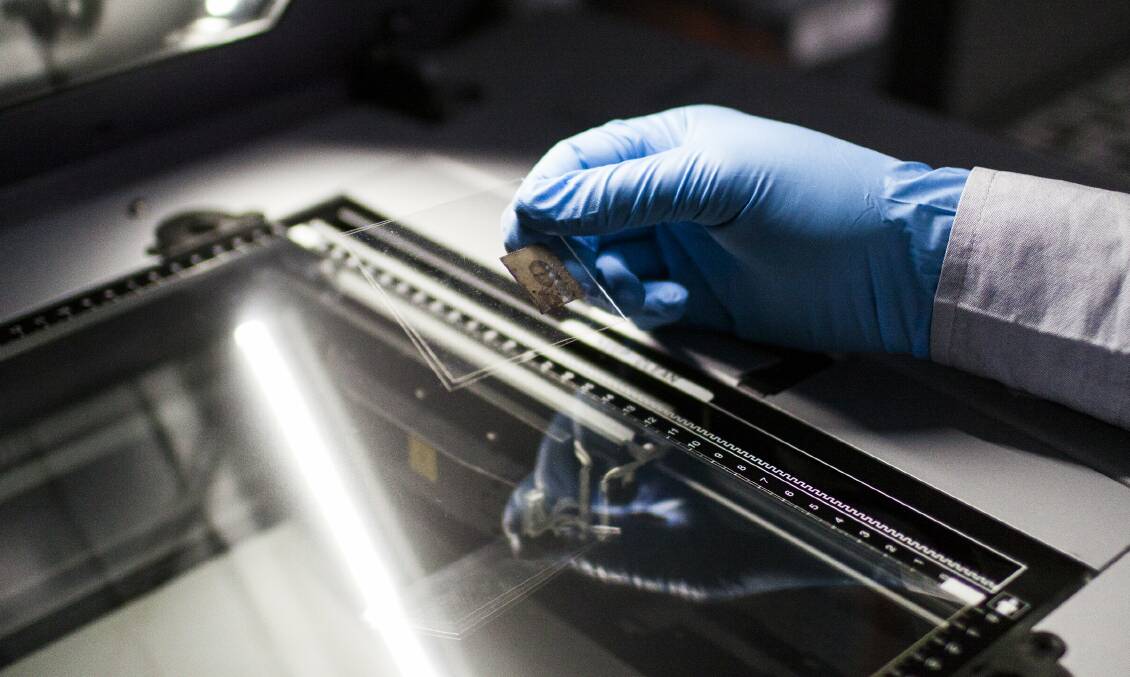
The Australian Institute of Aboriginal and Torres Strait Islander Studies is working to digitise its whole collection in eight years, contributing to a broader vision to expand the Institute's presence in both Canberra and across Australia.
Deputy Chief Information Officer of AIATSIS Syed Jaffary has been leading the digitisation efforts for the Institute, spanning its collection of over a million Indigenous artefacts, artworks, books, film, photography and audio.
"If our analogue material is still here and it's losing its value and deteriorating, that means it's a risk of losing that information which we have," Mr Jaffary said.
He said the digitisation was being done from a "preservation perspective" so that Aboriginal and Torres Strait Islander artefacts and languages were accessible to future generations.
"They are actually Indigenous languages disappearing because old people are dying. So we are helping them to digitise or preserve their languages as well. So I think so far, we have around 1100 Indigenous languages that we have done."
Mr Jaffary estimates it will take seven or eight years to digitise the whole collection, which is down from the previous estimate of 16 years.

Mr Jaffary said Indigenous data sovereignty and being culturally sensitive was important to the digitisation efforts of the institute.
"We have a rights and access section, so they work with Indigenous communities to get the rights and permissions on their material. But those permissions are very complicated.
"They have all the authority about their material and who can access and how we can access it."
Canberra's national collecting institutions have been starved of funding for a decade, with the National Library's online resource collection Trove running out of funding and the government announcing its new National Cultural Policy.
AIATSIS has escaped these cuts, as its funding is derived from the National Indigenous Australians Agency, but Mr Jaffary said more funding would allow the digitisation to be done quicker.
"Funding is definitely required but I wouldn't say we will stop digitisation because we don't have funding. We have whatever remaining material for a number of years to be digitised, we will continue at that pace," he said.
"Yes, if we get more funding, it will increase our capacity to digitise and do other research projects."

But Mr Jaffary also said digitisation of material needs to be done properly, at the risk of losing it forever.
"We have to ensure the material is properly digitised and captured. Some of the analogue material is very sensitive as well. So, you might be able to digitise material only once from that analogue carrier because it's kind of at the end of its life."
The digitisation of the AIATSIS collection will be also be useful to Ngurra, the National Aboriginal and Torres Strait Islander Cultural Precinct near Old Parliament House announced in January 2022, which will provide AIATSIS with exhibition and educational spaces to present its huge collection and do tours.
AIATSIS will also expand beyond Canberra for the first time, opening a new centre in Alice Springs later this year to support local Indigenous communities digitising and preserving their cultures, and more centres across Australia to hopefully follow.

"The existence of AIATSIS is to tell the story of Aboriginal and Torres Strait Islander people, and then create opportunities for those people and engage with them," Mr Jaffary said.
"That's what we are doing in Alice Spring, getting engaged with them, and also extending our reach. So we go to their country, help them to digitise, preserve their cultural heritage, and then they can access it through online platforms.
"AIATSIS has big visions. Alice Springs is one of them, the first move, I would say, outside Canberra. But there will be more probably be more expansion."







